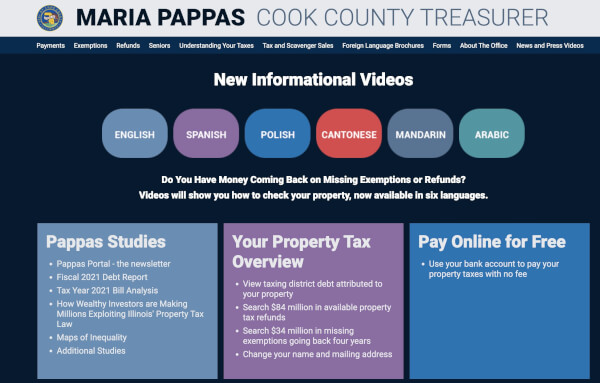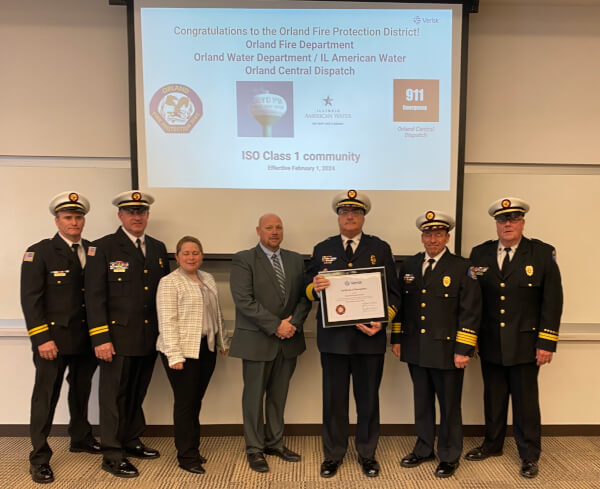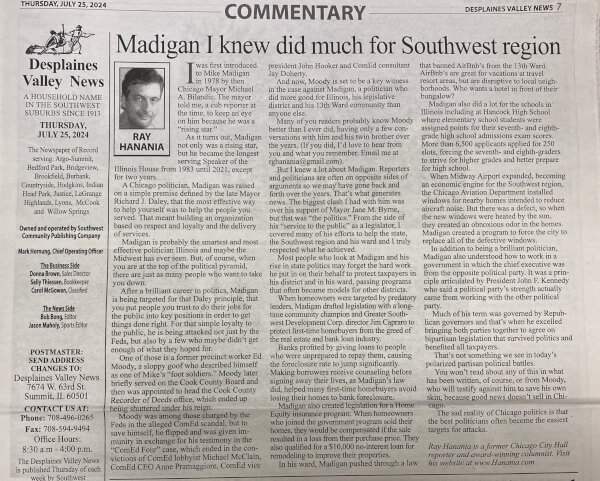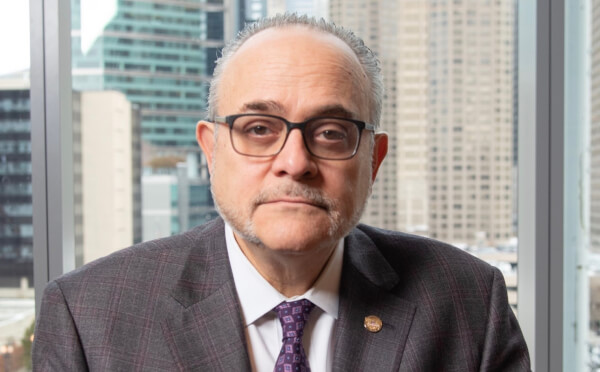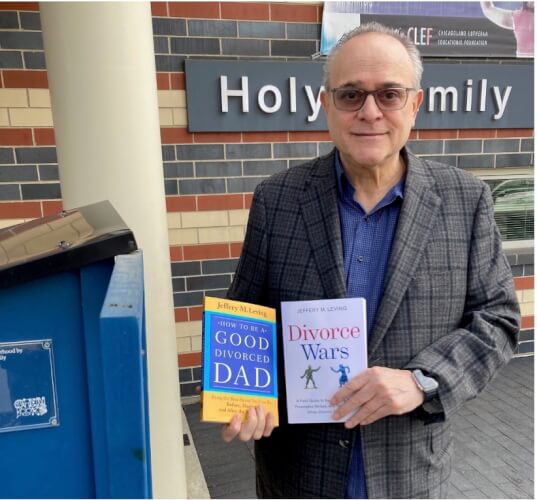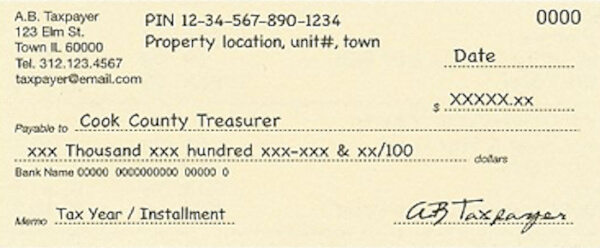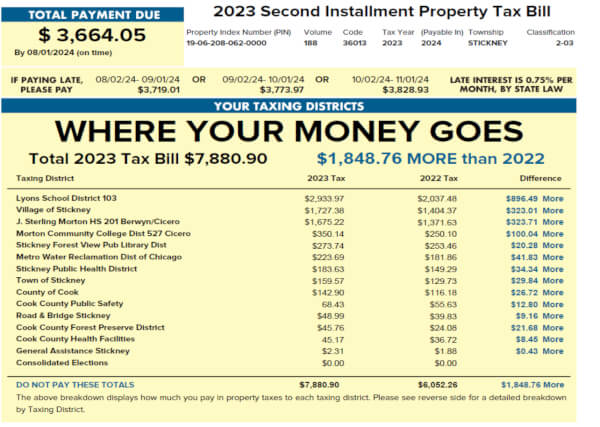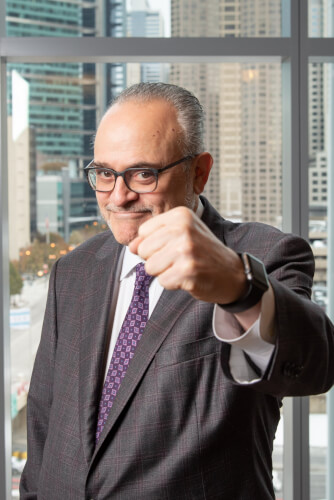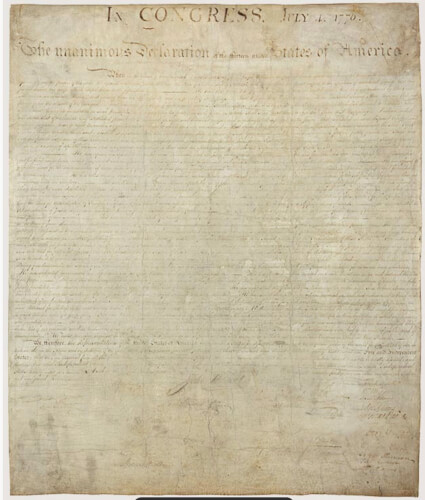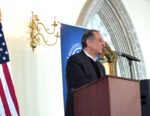Anti-Drug Industry Media Firestorm: Unscientific, Dishonest, Dangerous
Guest columnists Sandip Shah and Helen Shao argue that drug companies are being unfairly criticized, that development of drugs costs far more than media claims. Drug research is expensive
By Sandip Shah and Helen Shao
Have drug companies been lying about their development costs to justify high prices?
You’d be forgiven for thinking so, given the media’s portrayal of a new study published in the prestigious journal JAMA Internal Medicine. The study reaches a shocking conclusion — it costs just $648 million to develop a cancer drug. The prevailing estimate, from Tufts University, is $2.7 billion.
Reporters are grossly misrepresenting the study’s findings. The study, authored by Vinay Prasad and Sham Mailankody, focuses on a small handful of companies pursuing unusual lines of research that are not representative of the overall drug industry.
The authors looked at 10 publicly traded drug companies that won their first-ever FDA approvals between 2006 and 2015. Each company funneled all of their money and manpower into creating one successful drug.
The 10 companies did have a few experimental drugs fail in clinical trials before winning FDA approval for their first medicines. But even when counting these failures, the companies studied enjoyed a clinical trial success rate of 23 percent. This is a much higher success rate than the average company that’s researching multiple drugs — and sees many of those drugs fail.
Just as it’s unreasonable to extrapolate conclusions from research on dolphins to all mammals, it’s irresponsible to take findings about cancer drugs and apply them to all drugs.
Oncology drugs often have cheaper clinical trials than other drugs. That’s because many cancer drugs can win FDA approval after going through only two phases of clinical trials on a few hundred participants. Other drugs must go through three phases of testing on thousands of participants.
The authors of the study even acknowledge the limitations posed by the companies they considered, stating that their results “cannot be extrapolated to other sectors.”
Even among companies focused on cancer research, these 10 companies weren’t remotely representative.
Between 1998 and 2014, only seven of the 103 melanoma drugs that entered clinical trials earned FDA approval. Ten out of 177 lung cancer drugs made it through the approval process. Just three out of 78 brain cancer drugs did, a 96 percent failure rate.
The study also doesn’t account for billions of dollars in research spending at firms that fail to produce an FDA-approved medicine.
Those failures, while awful news for biotech investors, help advance scientific progress.
Just consider the fight against Hepatitis C, a virus that can cause liver cancer, liver failure, and death. From 1998 to 2014, 87 percent of experimental hepatitis C drugs — 77 out of 89 — failed in clinical trials. But with each setback and each tiny step forward, researchers refined their approaches.
Eventually, they produced cures for hepatitis C.
Willfully or not, the study’s authors distorted the true costs of drug development by analyzing a selective sample of drugs. Patients can only hope that policymakers don’t respond to the supposedly damning findings by implementing research-stifling regulations.
Sandip Shah is the founder and president of Market Access Solutions, a global market access consultancy, where he develops strategies to optimize patient access to life-changing therapies. Helen Shao is an analyst in the same company.

